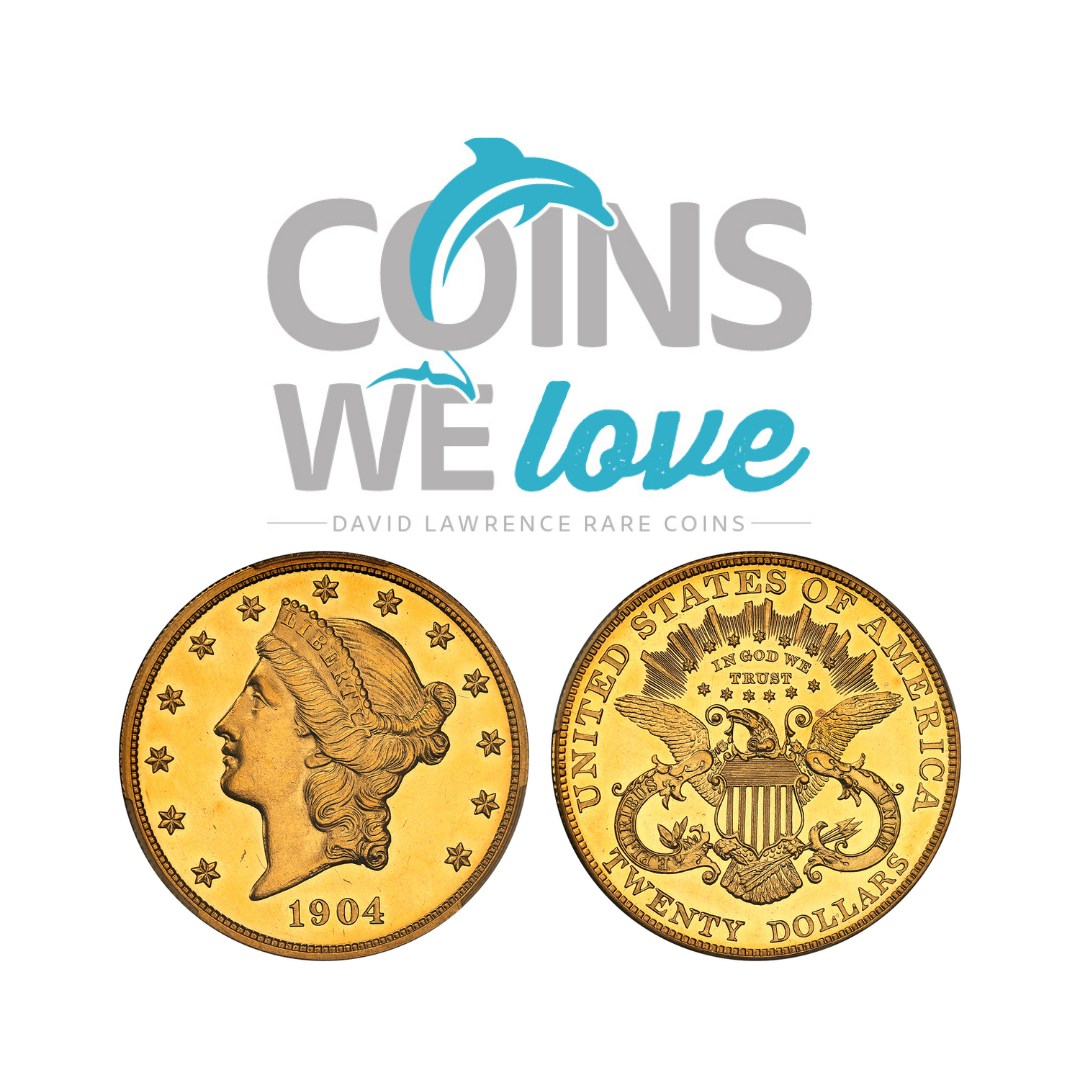Coins We Love: 🌻Summertime Lulls🌻

It’s hard to believe that the summer is basically half over! That means that the ANA's World’s Fair of Money is coming up in less than a month. We’re being dragged kicking and screaming back to Rosemont, but at least we know where we are going and which restaurants we’ll visit! Right now we are preparing ourselves, our inventory, and our display for the world’s largest coin show.
This week we have a few folks out and the office is really quiet. So, I figured that I would answer a handful of questions that people put forth in the CWL survey from a couple of weeks back. Here are a few questions that I thought we could highlight that don’t require a full write-up.
Q: Rare lower-grade coins. How hard are they to find and get in a holder?
A: Well…I’m going to say VERY hard. We look for these all the time, but there aren’t many coins to be found “in the wild” that would really qualify for grading. They exist in some private collections that we occasionally are able to buy, but it is basically impossible to find them at shows or shops. It's like finding a silver quarter in your pocket change these days!
Q: Population Reports: How important are they and are they accurate?
A: Well, this is a great question. Unfortunately, the grading system that has developed with changing standards has made population reports very questionable, integrity-wise. When you’re talking about 1804 Dollars and 1885 Proof Trade Dollars, it’s easy to track the actual grades and populations. However, it becomes very difficult when analyzing an 1899-O Morgan Dollar in MS67. How many 67s are really graded? I honestly have no idea. There are so many grading resubmission attempts for “plus” grades that the real number is near-impossible to find. My short answer would be that the more common (or plentiful) the coin, the less reliable the population reports really are. It’s disappointing to say, but it takes someone that really knows how to research past auction appearances and rarities to really give an accurate estimate. Are we capable of doing such? Yes. But, it has become very difficult.
Q: How do we distinguish counterfeits, old and new?
A: Yikes. This is a terrifying question. I have an entire shelf of books down my hallway that analyze counterfeit coins. We use them whenever there is a question. However, for the safety and protection of collectors, this is exactly why we only offer certified coins and why we suggest that collectors who are spending sizable amounts on their collection should focus there as well. I’m happy to guide you to my library if you have coins in question, but this is something that takes years of experience and reference to really know what you’re looking for.
Q: What are your thoughts on the foreign coin market, especially gold coins of the 19th and early 20th centuries.
A: I’ve always thought that these issues are fascinating. I love the artistry and they seem to me like great values. However, for that market to mature and reach its potential, it may take decades more as it’s virtually impossible to become an expert in this field. There are just too many options. My advice? Buy what you like in this field - There are some incredible opportunities. But, will they ever reach their potential in my lifetime? Who knows, but at least I know I have something that I like!
We have about 5 questions regarding CAC populations, pricing, and the likelihood of stickering as well, but those would make a nice full write-up for another time (Plus, I've already jumped the shark). Thanks again for checking out this week’s Coins We Love!
Numismatically Yours,
John Brush and Your Friends at DLRC
Click here to continue reading!

